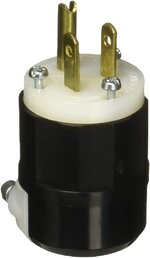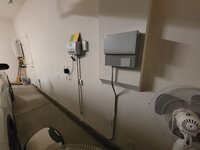Done-it-again
Well-Known Member
- Joined
- Apr 3, 2016
- Messages
- 10,187
- Reaction score
- 13,220
Can someone let me know what is needed?
My MIL is in the wind tunnel (I.E) and power keeps getting shut off so we bought her a generator, but now need to get something that she can plug the genny into.
Needs to be simple as she is single
If anyone can do this too, let me know.
My MIL is in the wind tunnel (I.E) and power keeps getting shut off so we bought her a generator, but now need to get something that she can plug the genny into.
Needs to be simple as she is single
If anyone can do this too, let me know.









